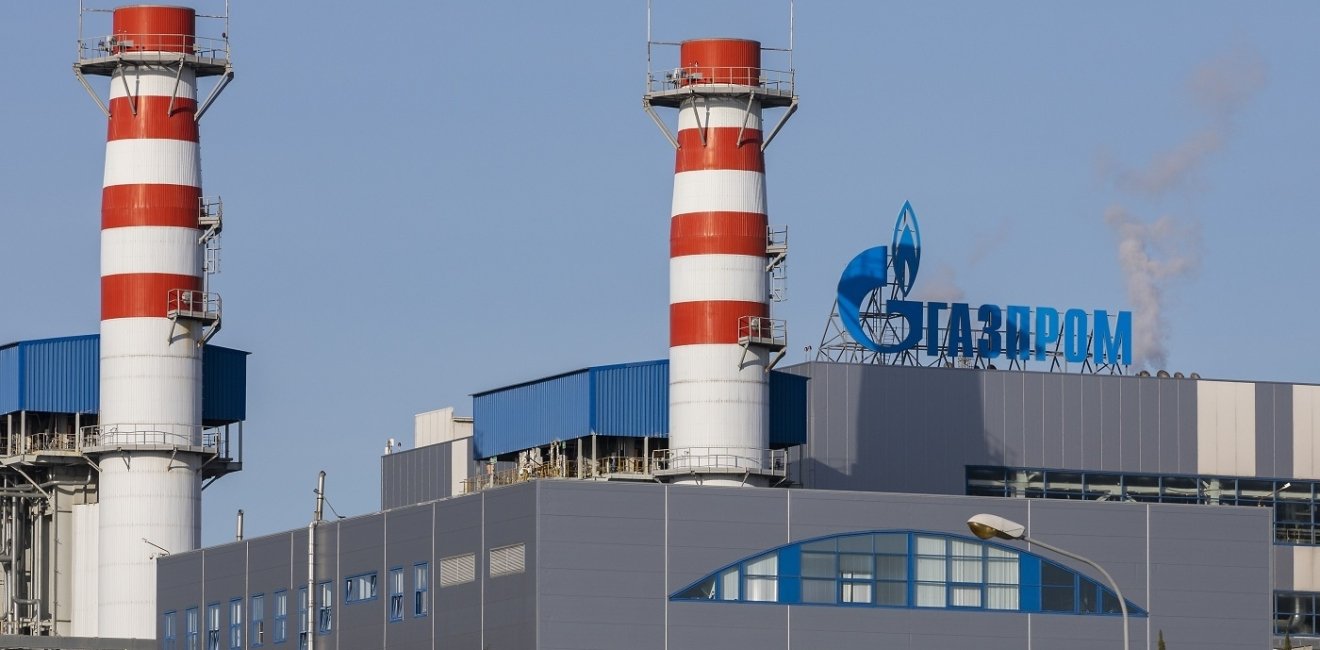
A blog of the Kennan Institute
This article is part one of a two-part series. Read part two here.
A warm winter and a looming recession in some Western countries have helped make sanctions against Russian exports work. Spending on the war has increased significantly, and the government has had to cut nonmilitary expenses and to finance the deficit through money emission. Sanctions cannot stop the war, but they are making it harder to fund. Putin is ready to spend, but his war chest is running thin.
Gas: Europe Will Not Freeze
For most of 2022, sanctions against Russian imports worked much better than sanctions against exports. At the end of the year, the situation changed. By cutting off gas supplies, Putin hoped to "freeze Europe" and dispose it to reduce support for Ukraine. However, he did not succeed. During the winter month and a half, only 12.5 percent was taken from Europe's gas storages (the 2016–2021 average was 17.5 percent). By the end of the year, the storage facilities were 83.2 percent full, one of the best rates in recent years. After remaining at around $1,500 per thousand cubic meters for a couple of weeks, the spot gas price dipped below $900 at the end of the year.
The recipe for the European "gas miracle" is weak demand for gas in the Asia-Pacific, a mild winter, and measures taken to reduce dependence on fuel from Russia. The share of Russian pipeline gas in European imports fell from 40–45 percent to 7–8 percent.
This decline is the result of both Allied sanctions and Russia’s gas blackmail. The stoppage of gas deliveries to countries that refused to buy it with rubles, the shutdown of the Yamal-Europe pipeline, Europe's efforts to buy liquefied natural gas, and clandestine bombing of the Nord Stream 1 and 2 pipelines have cut off Russian exports. In 2022, Russian gas exports fell from 185.1 billion cubic meters to 100.9 billion (down 45 percent), the lowest since the collapse of the USSR. In 2023, gas exports may fall by another quarter.
By the end of the heating season Europe can expect to retain at least 50 percent of the gas currently in storage. This almost guarantees that Europe will have enough gas to cover needs for the next two winters, reducing the risk of fuel shortages until 2025, the Russian Institute of Energy and Finance states. As a result, gas price fluctuations in 2023 may not be as severe as in 2022.
Failing to freeze Europe, in 2022 Russia lost its gas market. For half a century, gas from Russia led to the interdependence of the European and Russian economies and largely determined the soft German Russian politics. This era is now over. In 2023, Russia's share of the EU natural gas market could be lower than that of the United States. Building a new pipeline to China will take about five years and huge investments.
Oil: No Super-Profits
Despite the sanctions, Russia's oil and gas revenues in 2022 were unusually large (in January–November they were $164.2 billion, almost 30 percent more than a year earlier). Before the war, oil and gas provided Russia with about 45 percent of total budget revenues and about 60 percent of export revenues. Russia's physical oil exports in 2022 could be 7.5 percent higher than in 2021. However, from its March peak of $140, the price of Brent crude had almost halved by the end of December. Russia's Urals blend fell from November's $66.5 to $50.5 per barrel in December (the 2022 average is $76.1). If the price of the Urals blend remains at $50 throughout 2023, the budget will lose about 7.7 percent of revenues.
The reason for the drop in oil prices was Europe’s decision to stop importing Russian oil (except for small volumes imported by Hungary, Slovakia, and the Czech Republic). Beginning in February 2023, imports of oil products will also stop. The Allies have set a price ceiling for Russian oil—it cannot exceed $60 per barrel. In response, Putin has forbidden oil producers to trade with countries that have imposed price restrictions. Already in November, according to IEA estimates, Russia's total revenues from oil exports fell to $15.8 billion, down $0.7 billion from October.
The main buyers of Russian oil became India, China, and Turkey, which together imported about the same amount of oil that Europe used to import. These countries have not agreed to the "price ceiling." However, they get the Urals blend at a discount of $30+ per barrel to the Brent oil price. Also, the delivery of oil to Asian markets is more expensive for Russia than delivery to Europe, so the profits of the oil companies are decreasing. Because of sanctions, they have to increase discounts to buyers. In January 2023, Russian oil was trading at $38, or half the Brent price at that time. That’s not a miracle: China is the main buyer of the Urals blend now, and demand there is weak because of COVID-19.
Budget In Negative Territory
The price of oil and gas will not recover any time soon: the developed economies are slowing down or are close to a recession. According to the consensus forecast from Morgan Stanley, in 2023 the GDP of the United States will grow by only 0.2 percent, while the eurozone’s GDP will decline by 0.1 percent. Thus Russia will not see record super-profits from oil and gas sales for a very long time. However, one cannot exclude the growth of hydrocarbon prices in 2023 should the embargo, the price ceiling, and the revival of the Chinese economy lead to a shortage of fuel on the global market.
Ironically, just before the current decline, Russian government revenues from oil and gas were at their peak (in January–October 2022 they were 34 percent higher than a year earlier). Because of the very high gas prices, Gazprom made a record net profit of 2.5 trillion rubles in the first half of 2022 (more than the total of the previous two years combined). The state took half of Gazprom's profits, channeling them to finance the war. Nonetheless, its profits made Gazprom the country's largest taxpayer in 2022. The company would pay more than 5 trillion rubles in taxes (or more than the half the amount spent on the war and security).
Gazprom’s profits for the second half of the year, however, could be close to zero. Oil revenues are also falling. In November the budget revenues from oil and gas, not including the payments from Gazprom, would have been 49 percent lower than the 2021 level. Tax revenues on imports were down 20 percent, and the "domestic" VAT and income tax revenues are also declining.
In Part 2 of the series, we will explore how the Kremlin is shifting the burden of war expenditures to the population.
The opinions expressed in this article are those solely of the author and do not reflect the views of the Kennan Institute.
Author

Journalist and public educator; author of Telegram channel EventsAndTexts

Kennan Institute
The Kennan Institute is the premier US center for advanced research on Eurasia and the oldest and largest regional program at the Woodrow Wilson International Center for Scholars. The Kennan Institute is committed to improving American understanding of Russia, Ukraine, Central Asia, the South Caucasus, and the surrounding region through research and exchange. Read more

Explore More in The Russia File
Browse The Russia File
Chechnya as a Model of Modern Russia

Russia’s Indigenous Communities and the War in Ukraine

Gas and Power in a Changing US–Russia Relationship

